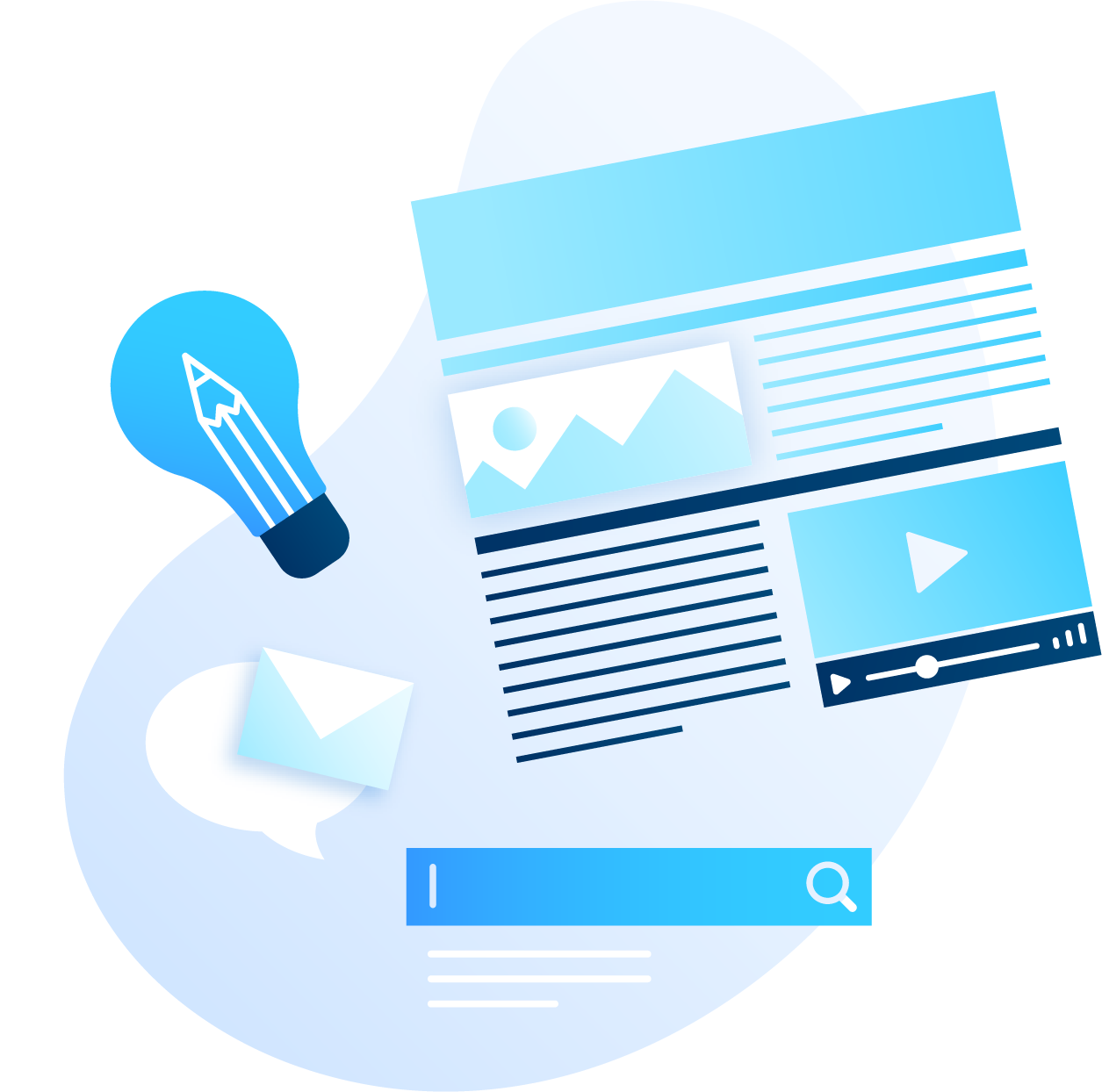Our research has revealed that nearly a third (32%) of Support demand stems from questions related to either installation, configuration, or setup. This understanding gives companies an immense opportunity to reduce this demand—and we see two major keys to preventing Support issues on an ongoing basis.
Preventing Support issues starts with customer knowledge.
The more that your customers know, the more capable they are with your product, the less they will require Support. Therefore, we see the two keys to Support issue prevention as Onboarding and Training. It then follows that effective customer onboarding and training will require planning and action on the part of your organization.
The opportunity for greater Support issue prevention is very real: Currently, fewer than a third (28%) of companies have proactive engagement efforts in place to help prevent Support issues. What’s working for them?
Key #1: Onboarding
Proactive Support includes formal efforts to onboard customers with planning resources, as well as guidance and expert resources to assist with installation and configuration. Proactive Support is also triggered by remote monitoring, alerting, and product “call-home” features.
Formal onboarding allows companies to proactively engage customers before they need assisted support. Onboarding practices and resources may consist of digitally available “getting started” checklists, best practice guides, or self-paced training (“tech touch”). Onboarding may also include formalized planning, account management, and coaching with onboarding experts (“high touch”).
Key #2: Training
“How to” questions are another significant source of Support issues. Companies can head off such questions with formal efforts to help customers develop proficiency with their products. These efforts can include (but aren’t limited to) training, knowledge transfer, best practice guides, and coaching.
Be proactive, be early when it comes to preventing Support issues.
Companies that can help customers with formal onboarding and training programs in the early stages of new product adoption are best positioned to mitigate Support demand because:
- They better equip customers to use the product(s) (and get maximum value) from the start.
- They connect customers to the resources they need to resolve issues themselves.
Not only do proactive, early onboarding and training prevent more Support issues, they also contribute to Customer Success and increased customer lifetime value.




